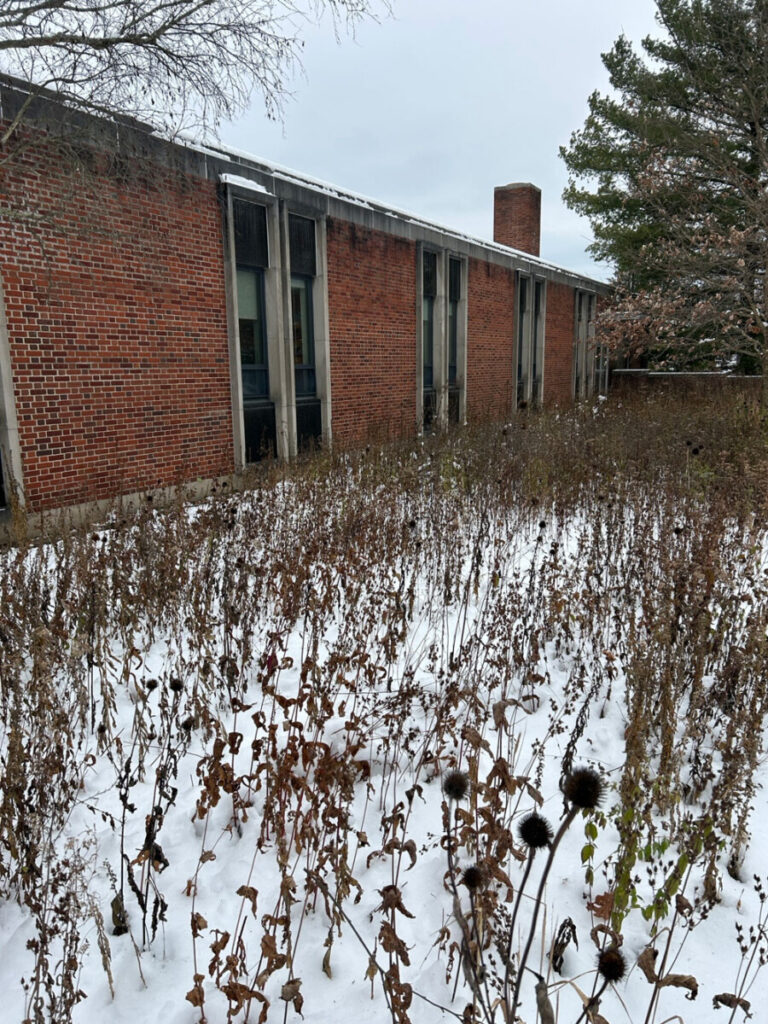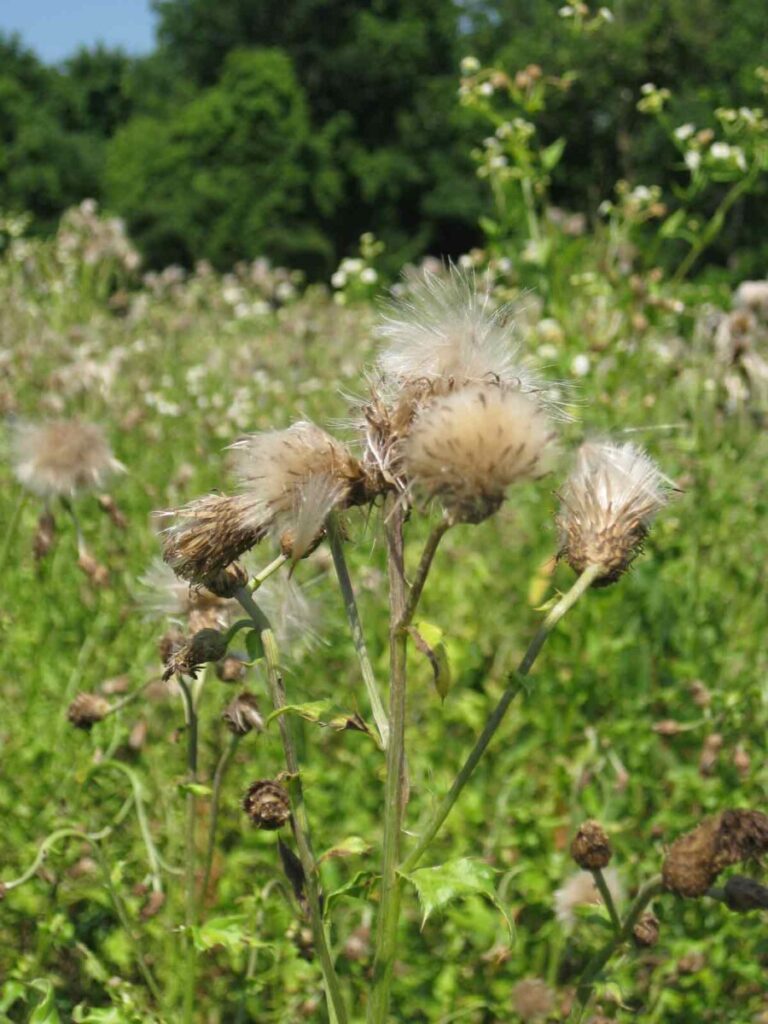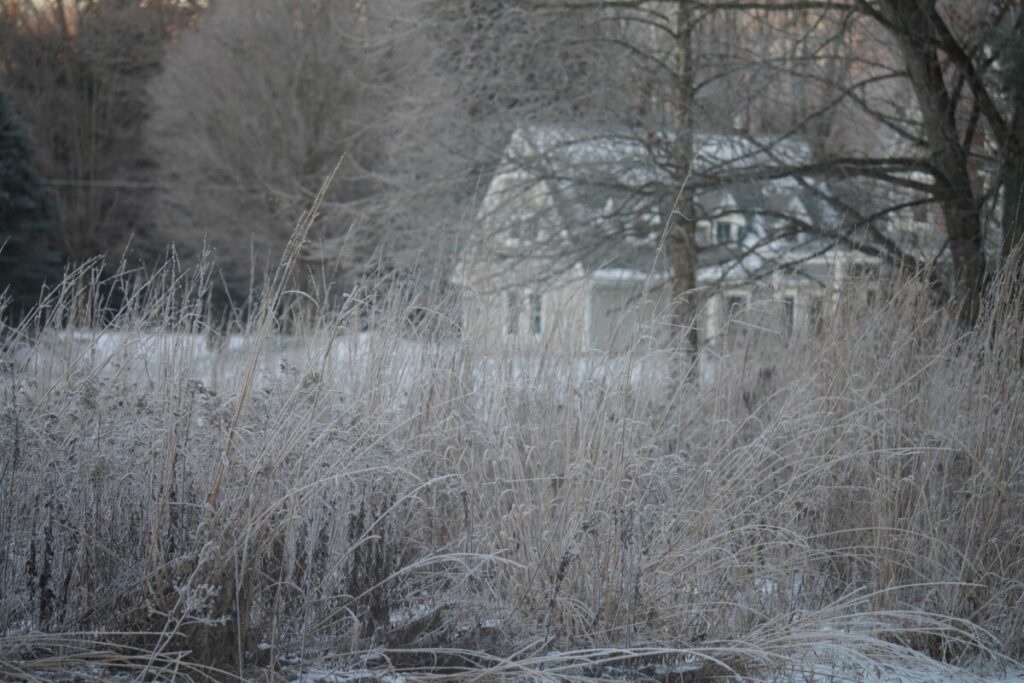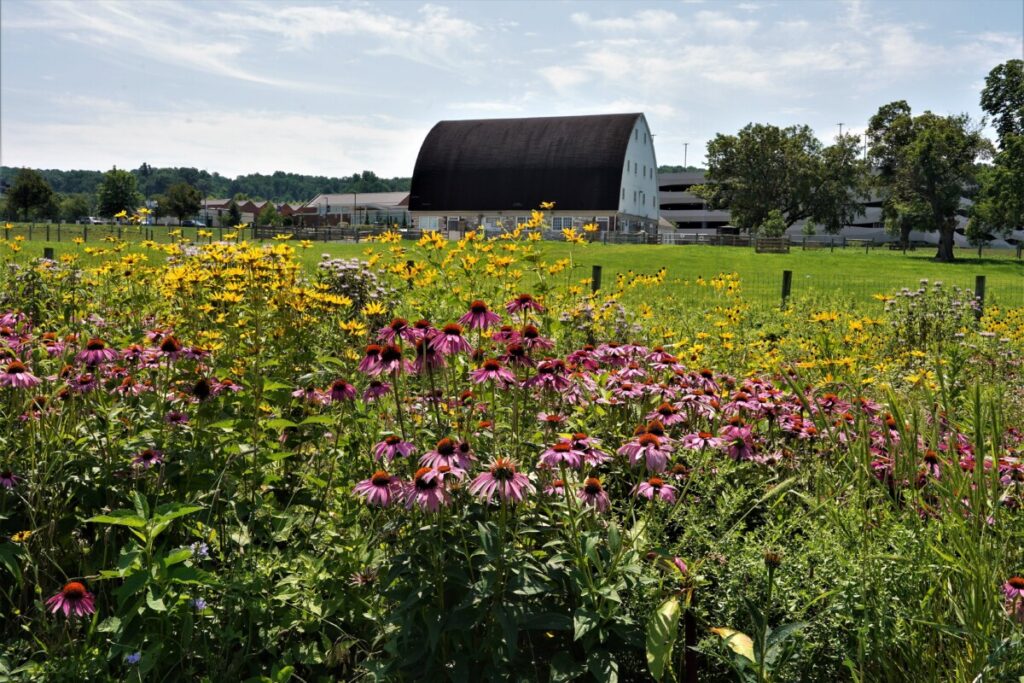How Sunflower Pollen Reduces Parasites in Bumblebees

Bumblebees are essential pollinators, but their populations are declining due to habitat loss, pesticides, climate change, and parasites. Among these threats is the gut parasite Crithidia bombi. This parasite can weaken bumblebee immune systems, reduce foraging efficiency, and even threaten colony survival. Recent research highlights sunflower pollen as a natural defense against C. bombi. Unlike […]
Preparing Native Plantings During the Dormant Season

The dormant season, spanning from late fall through early spring, is a rest period for most plants in the northeastern United States. While growth slows or ceases, this time presents key opportunities for landscape architects, conservationists, and native plant enthusiasts to prepare for the next growing season. Contrary to the perception that winter is a […]
Thistle Plants and Other Invasive Species

Invasive species like Canada Thistle and Bull Thistle can wreak havoc on local ecosystems in the northeastern United States. Left unchecked, they can dominate other beneficial flora, negatively impacting biodiversity and agriculture. Understanding how these species take hold is the first step in controlling them. In today’s guide, we’ll explain what you need to know […]
Best Trimming Practices for Overwintering Pollinators

While you’re hopefully bundled up in a warm place reading this blog, the pollinators that support our local ecosystems don’t have this luxury. They rely on overwintering strategies for shelter and insulation during the cold months. Overwintering is a general term that describes how various species survive the cold. IIt’s not a universal strategy, but […]
Native Meadows vs. Traditional Lawns

A traditional lawn is a homogeneous area composed of non-native grass species. With a uniform appearance that provides a specific aesthetic, lawns are appropriate for recreation or social space. However, they can be more demanding on the ecosystem and those trying to maintain them. If you’re looking for an alternative to a traditional lawn, a […]
Comprehensive Guide to Planning and Preparing Upland Native Meadows

A native meadow is a vibrant landscape filled with grasses and wildflowers that are indigenous to a specific region. They support local ecosystems by serving many distinct purposes including providing food and habitats to pollinators, enhancing biodiversity, and even improving soil health. For those interested in making a positive environmental impact while enjoying a low-maintenance […]
Understanding the Dietary Needs of Pollinators: Insights from University Research

Pollinators are organisms that transfer pollen from the male structures of flowers (anthers) to the female structures (stigmas), facilitating plant reproduction. This makes them vital to the health of our ecosystems. Common pollinators like bees and butterflies have seen their numbers threatened in recent years. Various factors cause this, but any gardeners or landscape architects […]
Understanding the Nutritional Needs of Bees Can Help Drive Pollinator Conservation Toward Better Outcomes

by Rachel Sohmer Given the current realities of pesticide use, habitat destruction, parasites and disease, climate change and air pollution among yet other stressors, there is no denying that conserving bees is a complex problem demanding complex solutions. Poor nutrition, linked to widespread declines in both the abundance and diversity of flowering plants, has profound […]
Vindicating the Goldenrod

Allergy sufferers often curse the golden sea of blooms from goldenrods that appear in fallow fields, landscapes and along roadsides from July to November. Sadly, these complaints are based on an unfortunate case of mistaken identity. Both members of the aster family (Asteraceae), goldenrods (Solidago genus) are often errantly identified as allergenic ragweeds (Ambrosia genus). Though there […]
